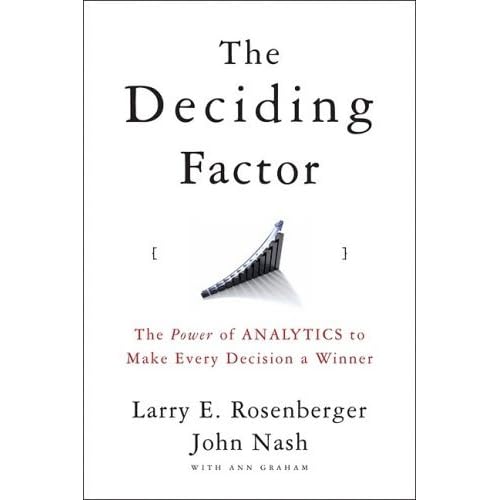
Personas - courtesy galiciaCAD.com
Having been on the job market for several months now, I’ve noticed that Captivate and Articulate are required for almost every e-learning or instructional design position that I see posted. Having used Captivate, and having seen Articulate being used – I now understand why so many consider e-learning boring. These two software tools are designed to rapidly convert PowerPoint presentations into e-Learning. They also make it easy to tack a quiz onto the end of the learning. The metaphor behind the software design is “book”, is “page-turner”. The result is boring e-Learning.
Now hold on, am I just blaming the tools — especially since I haven’t really used Articulate? Am I limited by my own vision of what these tools are capable of? Possibly. Am I asking too much of e-Learning designers? Maybe. It is hard to create engaging e-Learning. Just look at my own portfolio — can’t say the learning is *that* engaging.
Research, Think, Write, Design
So here I come to my tag-line: research, write, think, design. Will this make learning more engaging? Perhaps, perhaps not. But it might make it more relevant.
- Research the business outcome. Why are you creating this learning course/widget/thing? What business outcomes are you trying to effect? What behaviors are you trying to change? What do you want people to do?!? Not just “We want people to learn this new financial software” — but “We want people to increase their efficiency and accuracy in expense reporting (or budget planning or budget management)”. This leads the question: “Well, heck, what are they doing now? Who are THEY?”
- Research the learners. Are they novices? experts? do they have different roles/needs? can you create personas from these needs? Is it possible to actually collect data on them? How technically savvy are they? How do they get their information? How do they interact with their LMS? Do they interact with the LMS? Examples of defining personas and how to use personas can be found on the Cooper Journal website. One can think of personas as meaningful customer segmentation made real by colorful descriptions — see the description of how Best Buy uses personas in designing their stores and interacting with their customers in my review of The Deciding Factor.
- Think about the research – well, can we just call this analysis? Sure, analyze you data. Concept. Examine the correlations. What can we learn from these data patterns, without making correlation errors. Clearly this is one of the areas that I need to address, in addition to designing better research.
- Write about it – does it seem redundant to write about your research and analysis? I think not. The process of writing and having to explain your research analysis is key to communication and deepening the understanding. The writing process forces the assumptions to the surface. It exposes the flaws in your argument. Writing is also key to the design process.
- Design – for me this is where you begin to explore methodologies, tools, techniques. This is where you think about learning outcomes, the learning experience. I also strongly believe that the basis of good learning design is good writing — understanding the subject matter, finding good examples, writing good scripts. The quality of the discourse matters. The writing underlying the learning design is often where it all falls apart — maybe the writer can’t imagine the learner persona. Maybe they do not fully understand the subject matter or business outcome. Good research and analysis don’t always lead to good design, but directs the design, channels the creative energies.
Yes, then we have development, where we use whatever toolset (choosing of which is part of the design process) or perhaps organizational constraints dictate what tools to use. Then the implementation, then the evaluation. Well, the evaluation should actually be a part of the research phase — if we know the business outcome, how will we know when we got there? Define success at the beginning and figure out how to effectively measure it.
For example, “We want people to increase their efficiency and accuracy in expense reporting (or budget planning or budget management)” — well there may be measurements in time required to do X, or accuracy in X (how many times to redo), or how many people to do X, what is the cost of doing X — then see if these metrics change after/during the learning. Of course, this assumes these metrics were collected in the first place for you to measure change against.
A role that incorporates this level of thinking, research, design would be ideal. Writing this down helps.
My question – Are Training & Development departments thinking this way? Are organizations thinking this way? Is it that people just “don’t have time!” to do this level of research? You know, I don’t think so. I think much of the information is there, easy to get, is we ask the right questions. User-experience designers are already doing this. Product Management is already doing this. Let’s do it internally and not just for clients/customers. This is low-hanging fruit – but a big mental adjustment.


